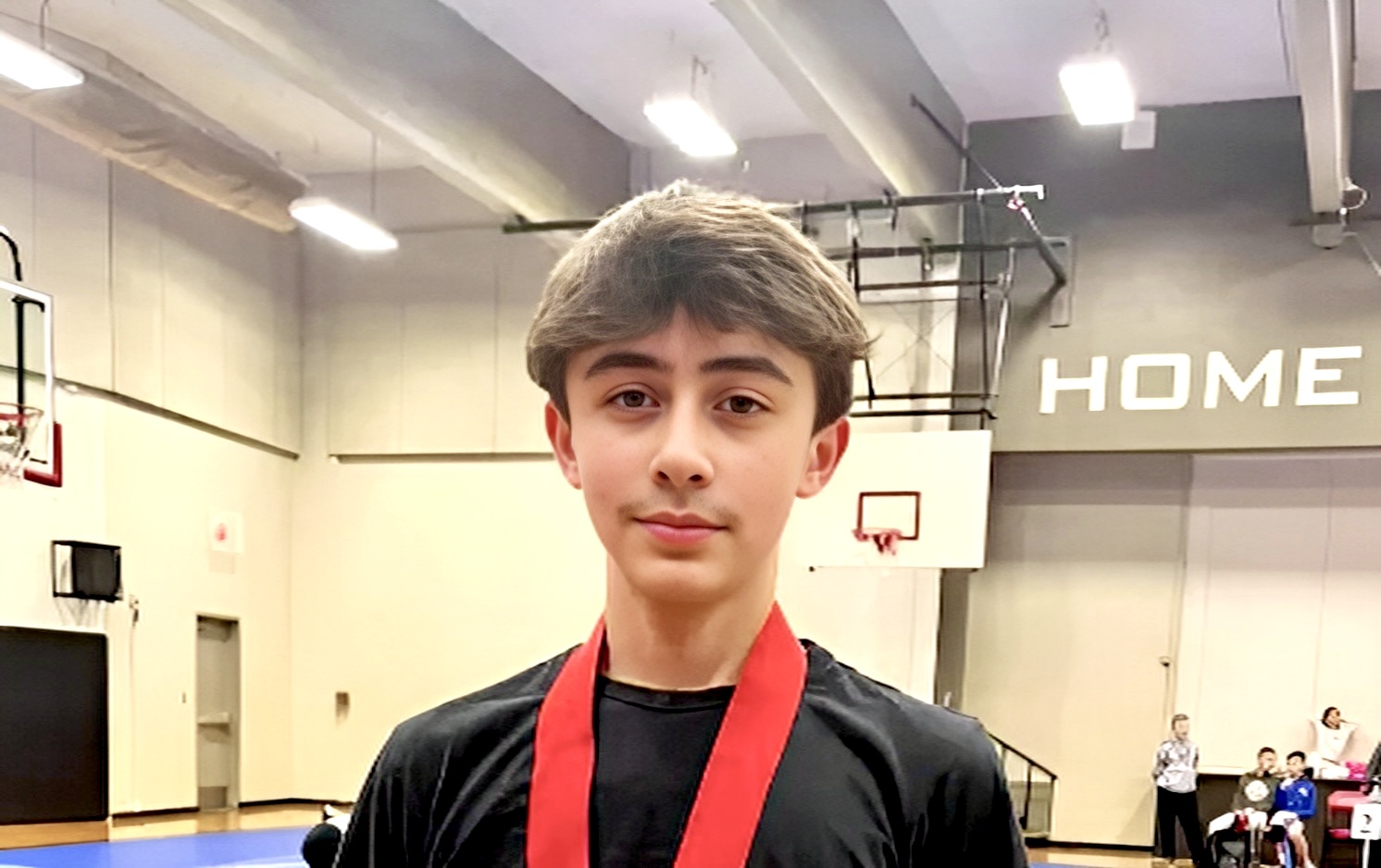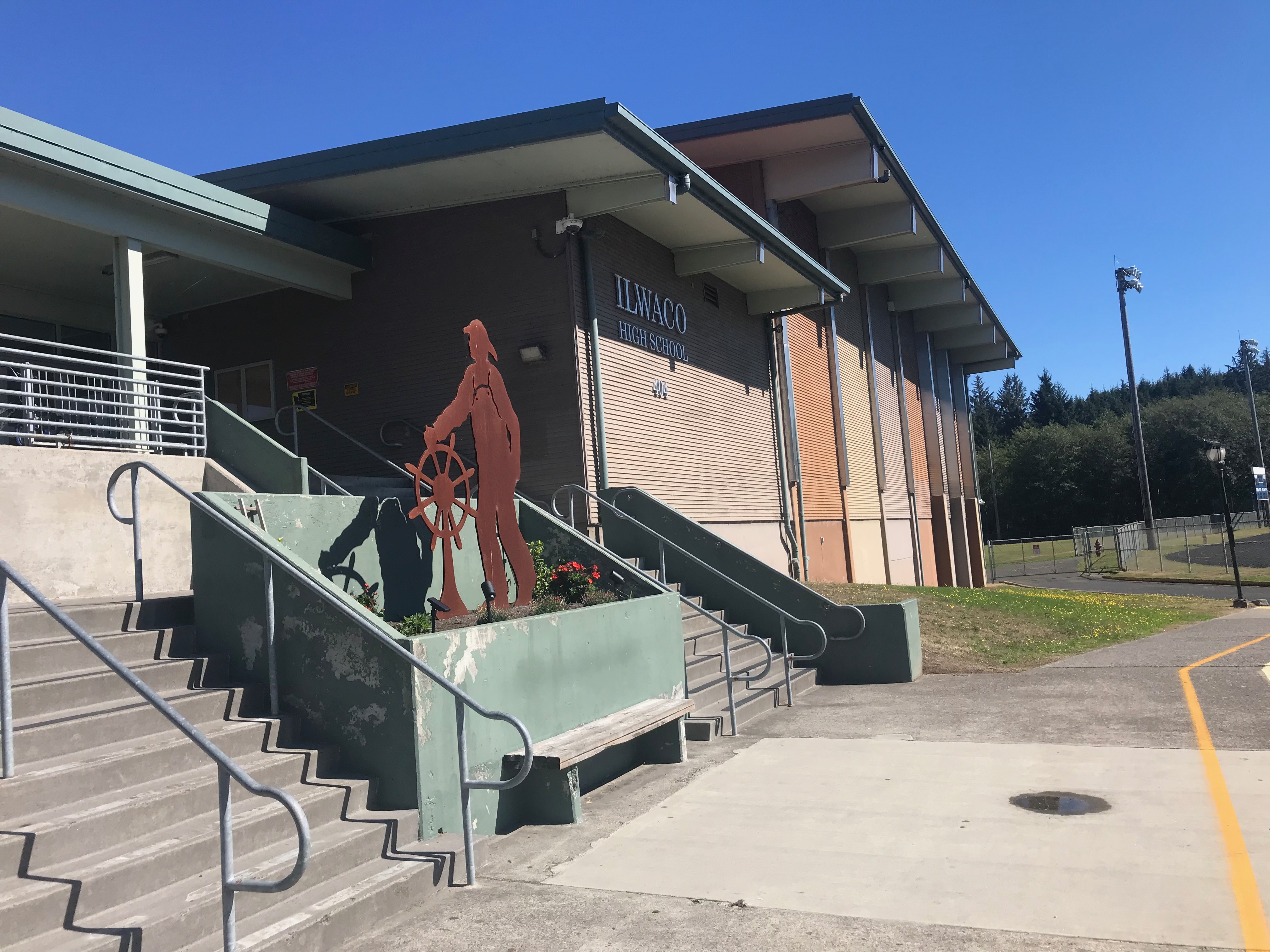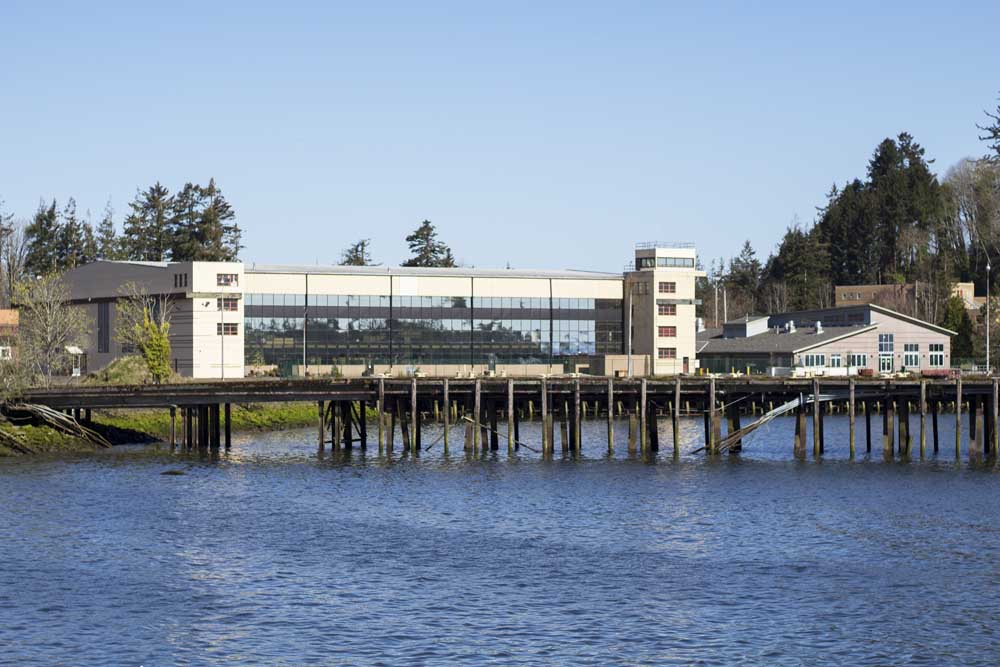Saints or Sinners? Characters of Pacific County: She was the last of a long tradition
Published 8:40 am Thursday, November 14, 2024

- Helen Thompson Heckes collected old bottles from pioneer times on the peninsula. They were displayed in an Oysterville window and photographed by Charlie Fitzpatrick.
Helen Thompson Heckes 1906-1990
Young Helen Thompson, coming to Oysterville for the first time, left Olympia for Portland, stayed, there overnight, boarded a Columbia River steamer to Astoria, and stayed the second night of her journey at the Astor Hotel. She arrived at Nahcotta the following afternoon and was advised to catch Mr. Lehman’s mail truck for the ride to Oysterville. All-in-all, it was a three-day trip.
The year was 1926 and Helen, newly graduated from the Bellingham Normal School. had arrived to teach in Oysterville’s one-room, first-through-eighth grade, schoolhouse. Born in Montana, she was about eight when her mother died, leaving Helen and her four-year-old sister, Grace, with their mining engineer father whose job took him all over the world. It was not a suitable arrangement.
The girls grew up with their maternal grandparents, at first on a wheat ranch on the Lewis River in eastern Washington. About the time Helen entered high school, the family moved to Seattle. There, Helen went to high school and then on to Bellingham to receive her teaching credential.
Though her living experiences had been varied, she was not quite prepared for Oysterville. Mrs. Stoner, clerk of the School Board arranged for Helen to live at the Captain Stream House a few blocks north of the school. Helen had been warned to leave the school and start for home well before nightfall. The last teacher, unable to see in the pitchy darkness after sunset, had tripped over a cow lying on the warm, sandy road. Helen often told how she would get busy correcting papers after school, but when Theophilus Goulter’s turkeys would come to roost in the trees outside the schoolhouse door, she would know that it was time to walk home.
The Captain Stream house, however, was scary to Helen. “The bedroom windows came clear down to the floor and I found it hard to go to sleep, thinking how easy it would be for someone to walk right in.” And though it had been arranged that a fresh bottle of milk would be delivered to her doorstop each day, “the ants always found it before I arrived home and it wasn’t very appetizing with a black swarm all over the lid and bottle.”
Finally, Helen decided, she would have to quit her job. When she went to hand in her resignation, kindly Mrs. Stoner said, “Let me see what I can do.”. And it was arranged that Helen would stay at the Heckes Boarding House, just a block from the school and not at all crowded with guests during the ‘off-season.’ It wasn’t long before the pretty young teacher caught the eye of handsome bachelor Glen Heckes who was not only the son of Helen’s landlords, but also just happened to be the one who filled the school’s woodbin and started the fire in the woodstove before Helen arrived each morning.
But Glen was shy and it took a few discreet catcalls from his father (hidden behind the nearby barn as Helen walked to or from school) “to get things moving along,” as he later said. It wasn’t long before Helen gave up teaching to marry Glen, work at his family’s summer boarding house and raise their two children, Peter and Judy. In this family-operated boarding house, where every woman had her specialty (see Indomitable Caulfield sisters preside over the ‘Ant Hill’ in 5/22/24 Chinook Observer), it was Aunt Ann Kemmer who suggested that Helen collect bottles. She would find them at the beach, on outings to Long Island in the areas where the old outhouses of Sunshine had been, or even in the woods when she was picking black-berries. and people began bringing her bottles that they would find as they dug in their own gardens. Glen built shelves for the bottles inside the windows of the east porch where boarders and other guests gathered to chat and admire the view of the bay. And so grew Helen’s famous bottle collection (her ‘specialty’), the remnants of which are still on display at the erstwhile Heckes Boarding House.’
In 1950, prompted by the birth of a Heckes relative with special needs, Helen returned to school for training as a special education teacher. She developed a vocational-style class — one of the earliest in Washington — at Ocean Park School where she taught for many years. “The Little White House” which was located on the southwest side of the school is still remembered with affection by Helen/s students and their families.
Long after the Boarding House closed, and for many years after Glen died and Peter and Judy had moved out of Oysterville to raise families of their own, Helen continued the tradition of hospitality at the old house. Built in 1867 by early settler John Crellin, it was not only one of the oldest homes in Oysterville, but one of the most welcoming. The coffee pot was always on, the fragrance of freshly baked cookies filled the large “keeping room,” and neighbors and friends stopped by frequently to visit.
“She was the last of a long tradition,” are words still spoken of Helen Thompson Heckes of Oysterville.





